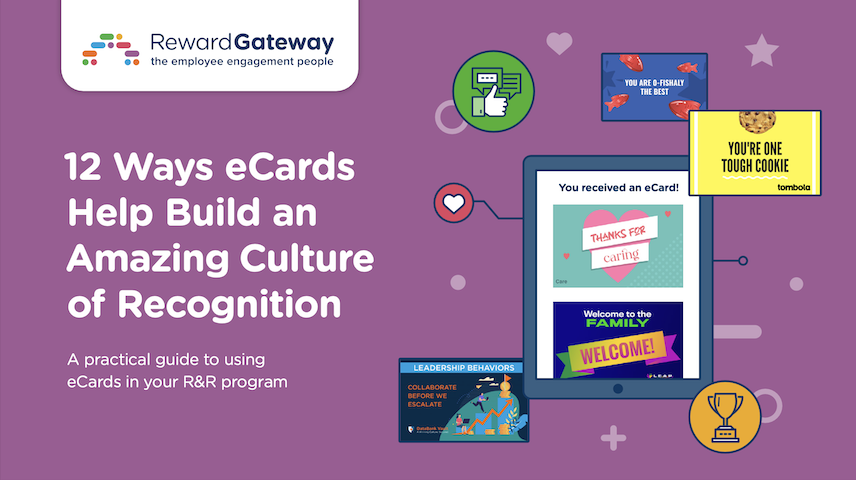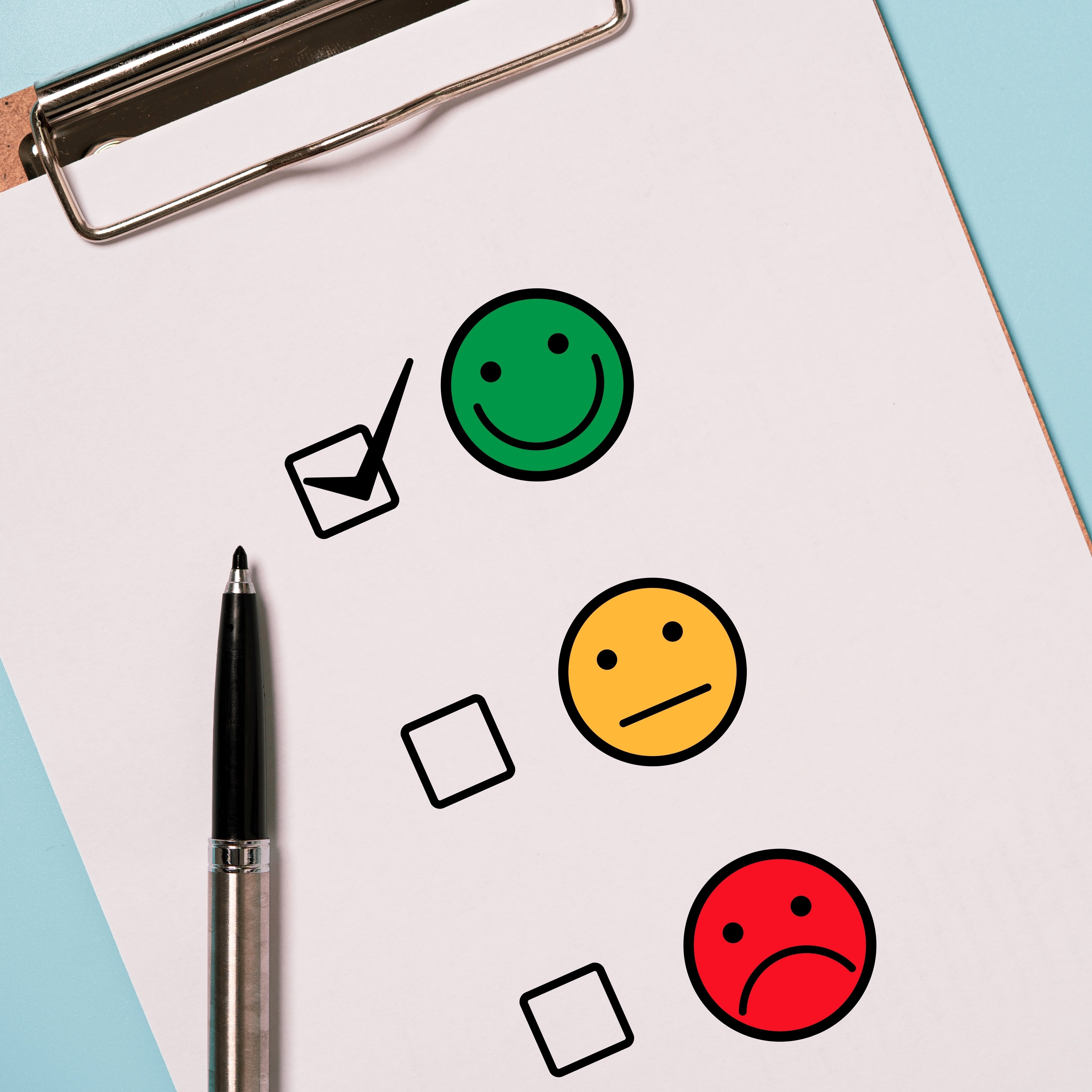Getting the most out of your staff is easier said than done, though great employers understand that going the extra mile to recognize and incentivize great work is key to inspiring high performance.
Industry leaders understand that a creative, well-planned approach to staff incentives and recognition is integral to every people management strategy.
These initiatives provide a great way for HR teams to bring their internal culture to life and build an employer brand that attracts and retains top talent.
But how do you strike the right balance in the contest between incentives vs. recognition, and is it more appropriate to utilize one or the other – or both in certain circumstances? First, let’s break down each approach in more detail.
Incentives drive quick engagement
 Everyone loves an incentive. There’s a good reason why new stores often dish out goodie bags and free samples – they encourage people to engage with their services.
Everyone loves an incentive. There’s a good reason why new stores often dish out goodie bags and free samples – they encourage people to engage with their services.
The same principle applies to employee engagement.
When staff are given an extra incentive, or the expectation of a reward if they hit certain targets, they are more likely to apply themselves and go the extra mile to achieve those targets.
Rewards can come in many forms, ranging from monetary incentives, bonuses and profit-sharing options to extra time off, wellness programs, team social events or extra development opportunities. The best incentive strategies are built around the specific needs and interests of employees.
The stats back it up, too. According to HR University, 90% of the highest-performing companies use incentives and monetary rewards to retain and encourage employees.
Remember that great rewards aren’t just about financial or material gain – they are a route to creating meaningful and memorable moments for your people. Collective incentives are also a fantastic way to bring employees together and cultivate stronger connections and working relationships between individuals.

Discover how to use eCards to enhance your reward and recognition strategy in this practical guide.
Recognition builds a culture of appreciation
It’s no secret that when employees feel valued and appreciated, they are generally more motivated to perform at their best over the long term. They are also more likely to stay with a company for longer: Research shows that 46% of American employees have left an employer over a lack of recognition and appreciation.
 While annual appraisals or retirement gifts recognizing length of service still have their place in the HR manager’s handbook, employers should be focusing more on frequent interactions, not just between senior leaders, managers and staff, but also between peers.
While annual appraisals or retirement gifts recognizing length of service still have their place in the HR manager’s handbook, employers should be focusing more on frequent interactions, not just between senior leaders, managers and staff, but also between peers.
Recognition doesn’t need to break the bank, either. A digital eCard system is a great example of how businesses can facilitate frequent, personalized recognitions on a daily basis, making sure that great work is visible to all and never flies under the radar.
Not only that, eCards can also be linked with company values, which helps to reinforce key behaviors and set a positive example for employees to follow throughout all levels of the organization.
And, with Reward Gateway’s Boost feature, managers (or anyone you decide to allow) can add financial rewards to recognition moments retroactively – and even recognition from somebody else in the company. For example, if an employee helps out another team and receives recognition thanking them for their time, that employee’s manager can attach a financial reward to that eCard – right from the social recognition wall – to emphasize that moment and behavior.
When peer-to-peer interactions start being sent on a regular basis, that’s when you know recognition has become a key pillar of company culture.
Getting the right blend for your business
 When weighing up staff incentives vs. recognition, the first step for HR professionals is to define the goals, budget and timeframes of their people management strategy.
When weighing up staff incentives vs. recognition, the first step for HR professionals is to define the goals, budget and timeframes of their people management strategy.
The best approach naturally depends on whether you’re aiming to improve retention, boost productivity or hit performance goals – and whether these are short- or longer-term aspirations.
Incentives tend to be more effective in the short-term because they generally involve an immediate reward for a specific action or achievement. By contrast, recognition initiatives are a slower burn that positively impact working culture over the course of months and years.
It’s essential to get feedback from staff themselves to clarify the specific type of rewards and recognitions they expect from their employer. Again, this differs from business to business and depends on the type of workforce demographic being targeted. Employee surveys and focus groups are both good ways to gauge the sentiment among staff and tailor your approach accordingly.
Time to discuss your situation with the experts?
A well-planned people management strategy should include both incentives and recognition, tailored to the specific needs and goals of the organization and its employees.
Get in touch to talk through your current situation with one of our friendly reward and recognition experts, and start developing a strategy to get the most out of your people.

%20(1).jpeg) Alexandra Powell
Alexandra Powell



